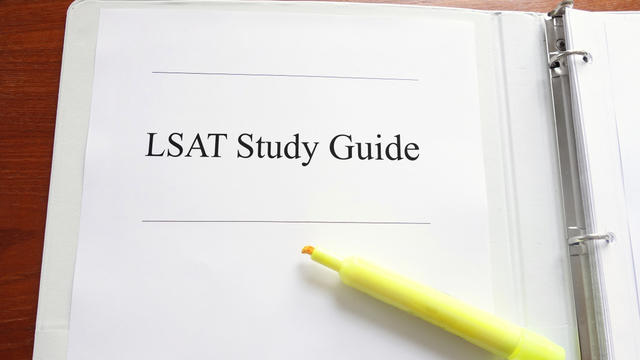In part 2 of our 'worst mistakes' series we now turn our attention to the Reading Comprehension section of the LSAT exam.
One of the best ways to get better at the LSAT is to take practice LSATs and learn from your mistakes. Reviewing questions you've missed—and not moving on until you are entirely clear on the error—is a crucial for your overall test performance.
But certain bad habits can really impede your progress on the LSAT. Here are some of the worst mistakes you can make, and tips to avoid them—this time, focusing on Reading Comprehension.
1. Panicking mid-passage. OK, OK, we know that LSAT Reading Comprehension passages are hardly riveting. But the absolute key to success on this portion of the exam is laser-like focus on the passage itself. (And, trust us: a lot of what you read in law school is a real snooze, too—think of prepping for Reading Comp as practice for the real-life boredom inspired by certain legal texts).
Unfortunately, many students find themselves stuck somewhere in the middle of Reading Comp passages: they lose their train of thought and panic, suddenly feeling like they have no idea what they’ve just read. And you know what those students invariably do? They go back to the beginning of the passage and start over.
This is a mistake, for two reasons: one, it’s a waste of time. Two, many passages have a “quicksand moment” designed for this very purpose—that is, to suck students into a confusing abyss.
It’s hard to focus when you’re panicking about time—and, ironically, making yourself reread a passage from the top is a good way to start panicking about time.
Rather than reread the passage from the top, just make a mark around the lines you are having trouble understanding, and read on. Once you’ve made it all the way through the passage, go back to the marked bit and reread to see if you can understand better.
This approach forces you to get through the entire passage once, with a note to help yourself remember the section that was giving you trouble.
It’s no coincidence that, more often than not, the test writers ask one or more questions about the very part of the passage you had trouble understanding. You know why? Because *everyone* had trouble understanding that bit. Don’t let the LSAT throw you off your A game.
Which brings us to mistake #2:
2. Trying to answer line-reference questions without returning to the text. Reading Comp is about testing your ability to distill complex, dense information under intense time pressure. When you see a question that asks about a specific word, line, or other section of the passage you’ve just read, it can be very tempting to try to answer that question without returning to the passage. “I just read that dumb thing,” you tell yourself. “I don’t have time to go back and reread now—I can figure this out from memory.”
Wrong!
Whenever you see a question that refers to a specific line in the Reading Comp passage, go back and read that line in context. In other words, start a few lines above the referenced line (let the structure of the passage be a guide for you) and read a few lines past the referenced line. This will refresh your memory and give you crucial context to help you answer the question correctly.
Yes, that can take some time. But many students can easily find extra time on Reading Comp by simply avoiding mistake #3:
3. Marking up the passage to within an inch of its life. Underlining every word in a reading comprehension passage is a ridiculous waste of time and effort.
You should annotate your passages extremely selectively, focusing on three big things: (1) indications of author attitude, (2) examples or counterexamples, and (3) distinctions (i.e. when two things are compared and contrasted).
These items are the most likely to be tested on a Reading Comp passage. If you mark up your passage, make sure your markings are designed to help you find these key bits.
Also: underlining everything doesn’t help you distinguish what’s what when you’ve moved past the passage and you’re trying to find textual support for a specific question. So be a little more creative, but be sure you are also consistent.
Write an “A” next to the part of the passage that reflects the author’s attitude, an “EX” for example/counterexample, and a “VS” for distinctions/contrasts.
Keep it simple, keep it neat, and keep it streamlined.
Some students also find it helpful to number the paragraphs as they read, because writing the number next to the start of a paragraph reminds your brain that you’re actually reading a new paragraph, and can help you notice the purpose that paragraph may play in the analytic structure of the passage as a whole.
Best of luck!










